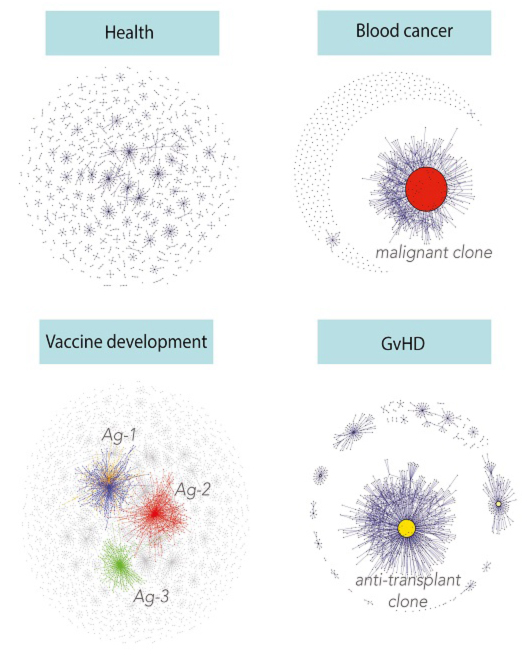ISOTYPER: Antibody Immunosequencing with Parallel Isotyping
Archive Page
This page is maintained as a historical record and is no longer being updated.
Technology
IsoTyper is a method for error-corrected ‘genetic sorting’ of isotype-specific B cell population which enables the simultaneous profiling of antibody diversity and effector functions in a single experiment.
IsoTyper was developed by scientists at Cambridge University and the Sanger Institute; this method uses specially-designed barcoded primer sets to reliably sequence, and analyse, antibody repertoires.

Advantages
- Rapid genetic profiling of isotype-specific B cell populations.
- Identifies antibody-producing cells, in silico, that are challenging to differentiate by flow cytometry.
- Optimises vaccine formulation by monitoring isotype-specific polarisation of the immune response.
- Profile extremely rare B cell populations- from as little as 50 plasmablasts.
- Low cost per sample.
- Discover clinical conditions using a single blood test e.g. common variable immune deficiency and minimal residual disease in leukemic patients.
Detail
Antibody isotype determines how an antibody functions in vivo. For example, IgA specialises in protecting mucosal surfaces against pathogens, while different IgG subclasses trigger phagocytosis or kill damaged cells.
IgG antibodies are also a mediator of immune memory and is important to long-term immunological protection.
Antibody profiles, therefore, act as a correlate of disease status, vaccine efficacy and can provide an estimate of antigen immunogenicity.
While standard immunosequencing technologies are powerful information on the effector function of these antibodies is lost.
Applications/Context
Enables mapping of isotype composition of healthy individuals, monitoring of disease progression and responses to therapy in lymphoproliferative diseases, antigenic target evaluation during vaccine or CAR-T-cell therapy development, early detection of transplant rejection and development of autoimmune or anti-drug responses.
Comparable Technologies
Most commercially available approaches focus on the diversity of the antigen-binding portion and disregard the effector function component of antibodies, essential in many applications. The rate of antibody somatic mutation is also often miscalculated due to lack of sufficient technical noise
correction.
Background
High-throughput sequencing of immune receptors (TCRs or antibodies) has developed into a technology field in its own right: immunosequencing. It allows the study and visualization of the complexity and the dynamics of adaptive immune responses.
Intellectual property
Priority patent applications filed in the US and UK. The Wellcome Sanger Institute is offering non-exclusive licenses to its IPR.
 ISOTYPER: Antibody Immunosequencing with Parallel Isotyping PDF
ISOTYPER: Antibody Immunosequencing with Parallel Isotyping PDF